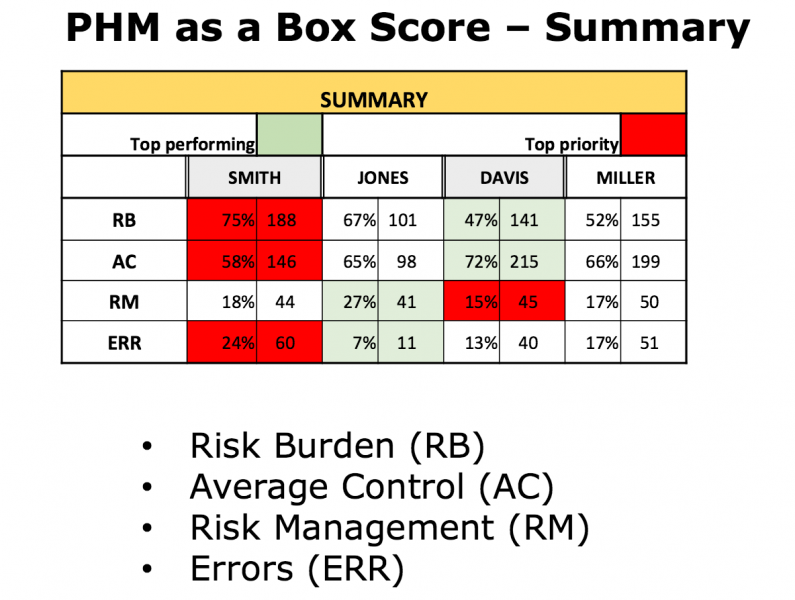Healthcare big data draws lessons from 'Moneyball' stats

At the Healthcare IT News Big Data & Healthcare Analytics Forum on Thursday, one CMIO showed how healthcare data mining and baseball Sabermetrics have more in common than one might think. Both want to notch some big wins.
Neil Kudler, MD, chief medical information officer at Springfield, Mass.-based Baystate Health, showed how healthcare can learn from the "Moneyball" statistics revolution, making smart use of data to drive better outcomes.
His argument – hard to argue with – is that population health management has to be an evidence-based team sport.
Baseball and healthcare have some things in common. For many years, both often operated on an established set of rules and handed-down wisdom -- sometimes even going on hunches and gut feelings -- until some folks started asking whether it might be worth rethinking some basic tenets, making better use of available data to do things more effectively and efficiently.
[See live updates from the Healthcare IT News Big Data & Analytics Forum]
In Moneyball, Oakland A's general manager Billy Beane famously turned to shrewd numbers crunching to find undervalued players, fielding successful teams with a payroll the fraction of the size of its American League competitors.
Those Sabermetric measurements were used to build winning teams (not always very deep into the postseason, but that's another story) and the insights derived from them helped lead to in-game adjustments.
The same is happeng in healthcare. And not a moment too soon, as costs continue to climb, quality of care often remains middling and chronic diseases are imperiling whole populations: "Diabetes is the new cancer in the United States," said Kudler.
Thanfully, the data is there to offer insights into how things could be better, and drive real changes in how population health is managed: "If data isn't intuitively actionable, it's just an academic adventure," he said.
Kudler's novel approach is to frame pop health like a baseball box score. In his equation, anticipating and remediating risk represented a team's offense; adjustments to its care management strategies are its defense. (Healthcare providers are the players here; patients are fans.)
He offered a slide describing the key stats at play. In baseball Sabermetrics, they're VORP, BABIP, WAR, etc. In Kudler's formulation they're POP, CPB, RB...
- POP: The population health management team's win/loss standing; patient population under control divided by the total patients
- CPB: The PHM team's win/loss standing; patient population uncontrolled divided by the total patients
- RB: The primary care physician's risk burden percentage; total uncontrolled divided by total patients
- AC: The PCP's on-base percentage; total maintained control divided by total patients (didn't get better or worse)
- RM: The PCP's slugging percentage; total improved control divided by total patients (got better)
- ERR: The PCP's error percentage; total reduced control divided by total patients (got worse)
Using those key metrics, Kudler was able to show "box scores" for Population Health, Risk Burden, Average Control, Error rate and more.

See more detailed analysis in Kudler's slide deck here.
























